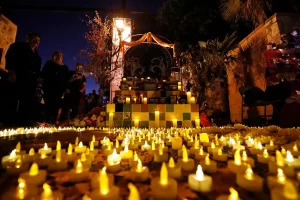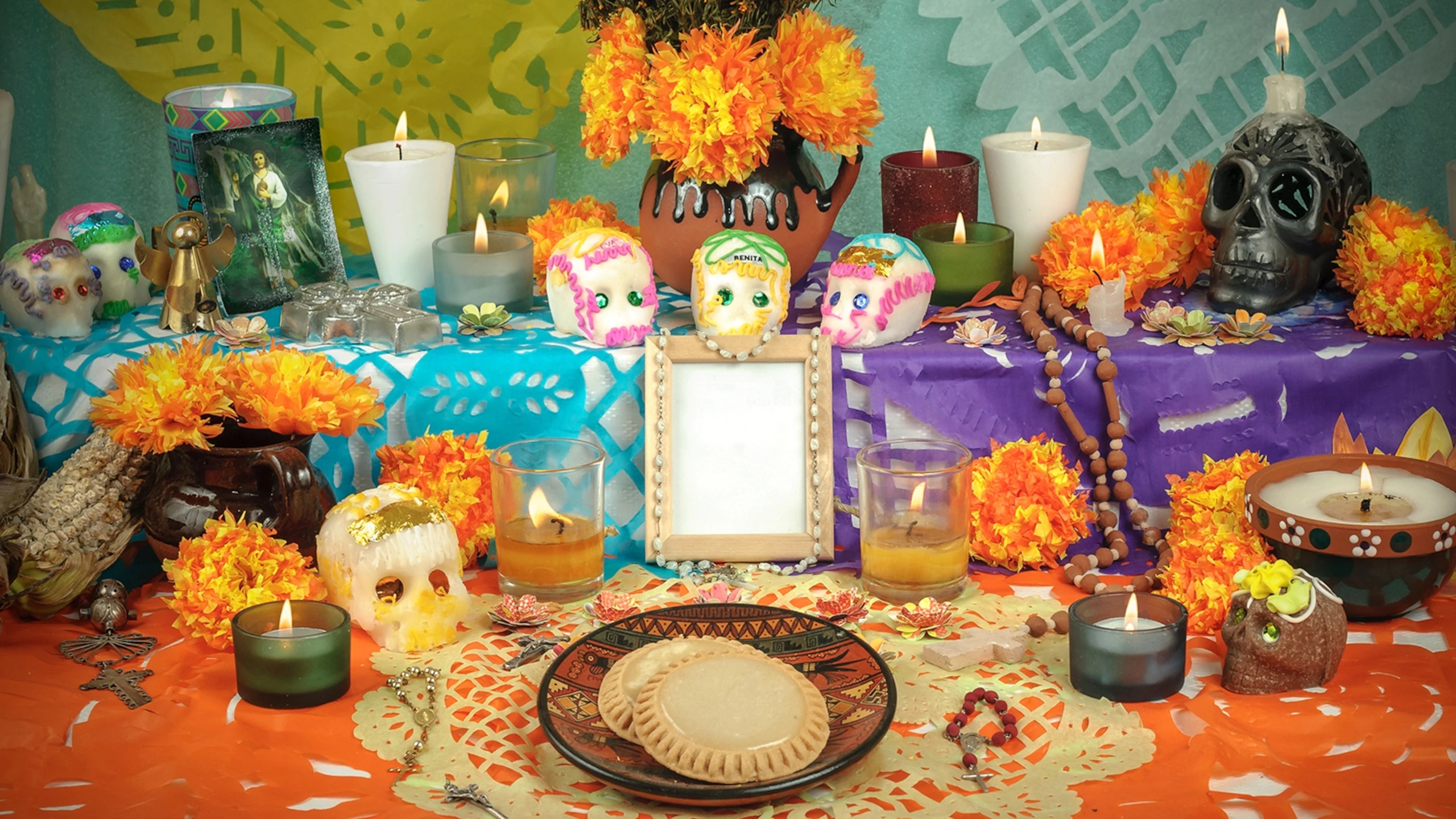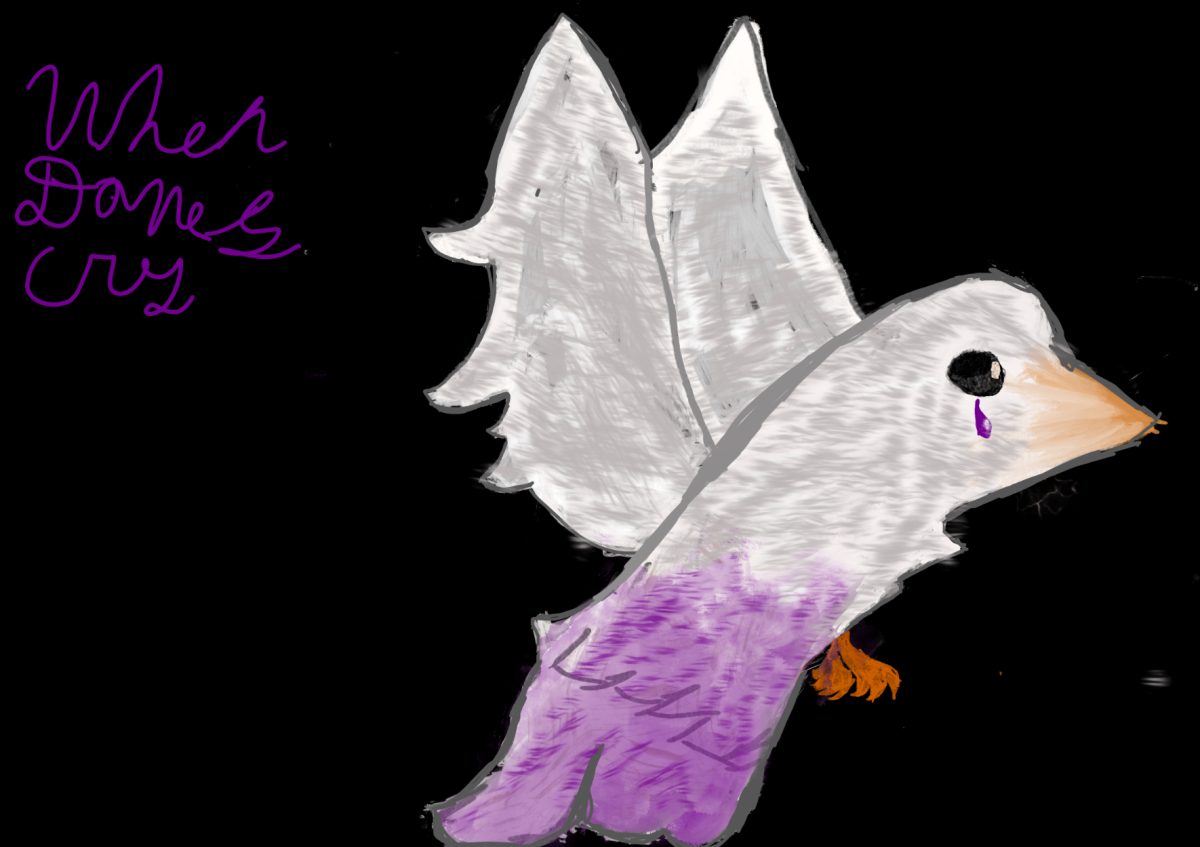Dia de los Muertos, or Day of the Dead, is a two-day Mexican holiday celebrated every November 1st and November 2nd. It is a time where families get to honor their deceased love ones. Instead of grieving those they’ve lost, they hold celebrations filled with music, food, decorations, etc.
“It’s a celebration about honoring and keeping alive the memory of your loved ones and believing that one day you’ll be together,” said Deisy Marquez, a Dia y Noche de los Muertos event founder.
While Day of the Dead is historically and predominantly a Mexican holiday, other countries have similar celebrations. It is recognized all over Latin America and also in places like Haiti and the Philippines.

There are many ways that Day of the Dead is celebrated. One of the most important steps is to build an ofrenda, which is an altar with photos, candles, favorite food of the deceased and more.
“The offering loses flavor,” explained Gerard Ramírez, “because the dead actually come back; what they eat is the essence.”
Marigold decorations are also popular because they are believed to help lead the spirits so people make paths with them to bring the spirits to their ofrenda or other things. People also visit the graves of their loved ones and spend time there.
Some cities celebrate with parades and festivals. Participants in these parades traditionally get skeleton face painting and wear costumes. Women dress up as a character called La Catrina, a tall skeleton whoo wears a fancy gown and a lavish hat on her head. This character was originally created by Mexican artist Jose Guadalupe Posada in 1910 as a mockery of the Mexican upper class.

“One of the beautiful things about Día de los Muertos is that it reminds us about the duality of life and death. And it also reminds us about equality and equity, that when we all pass, we’re all equal,” said Denise Carlos, the co-founder of Las Cafeteras and co-creator of Hasta La Muerte.
Mexico has a very rich and deep culture, and Day of the dead is one big part of that.








